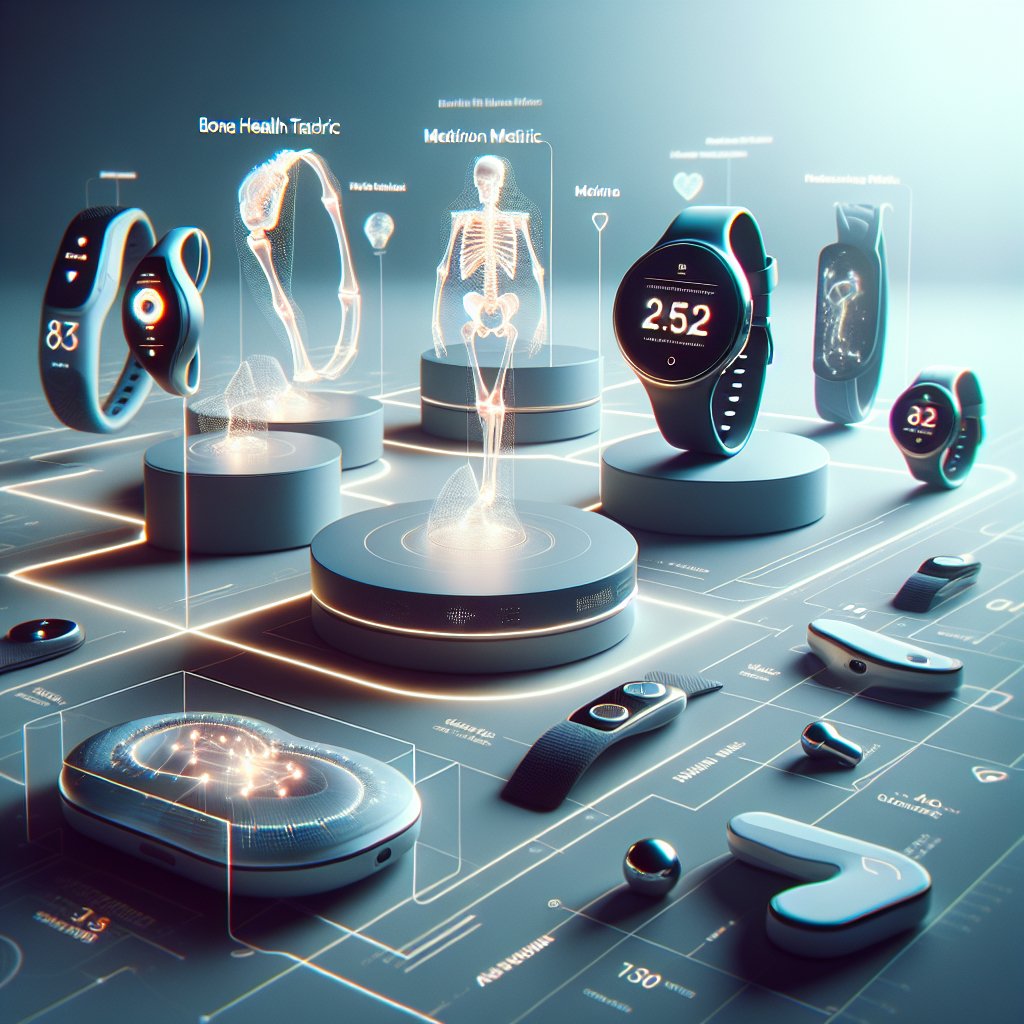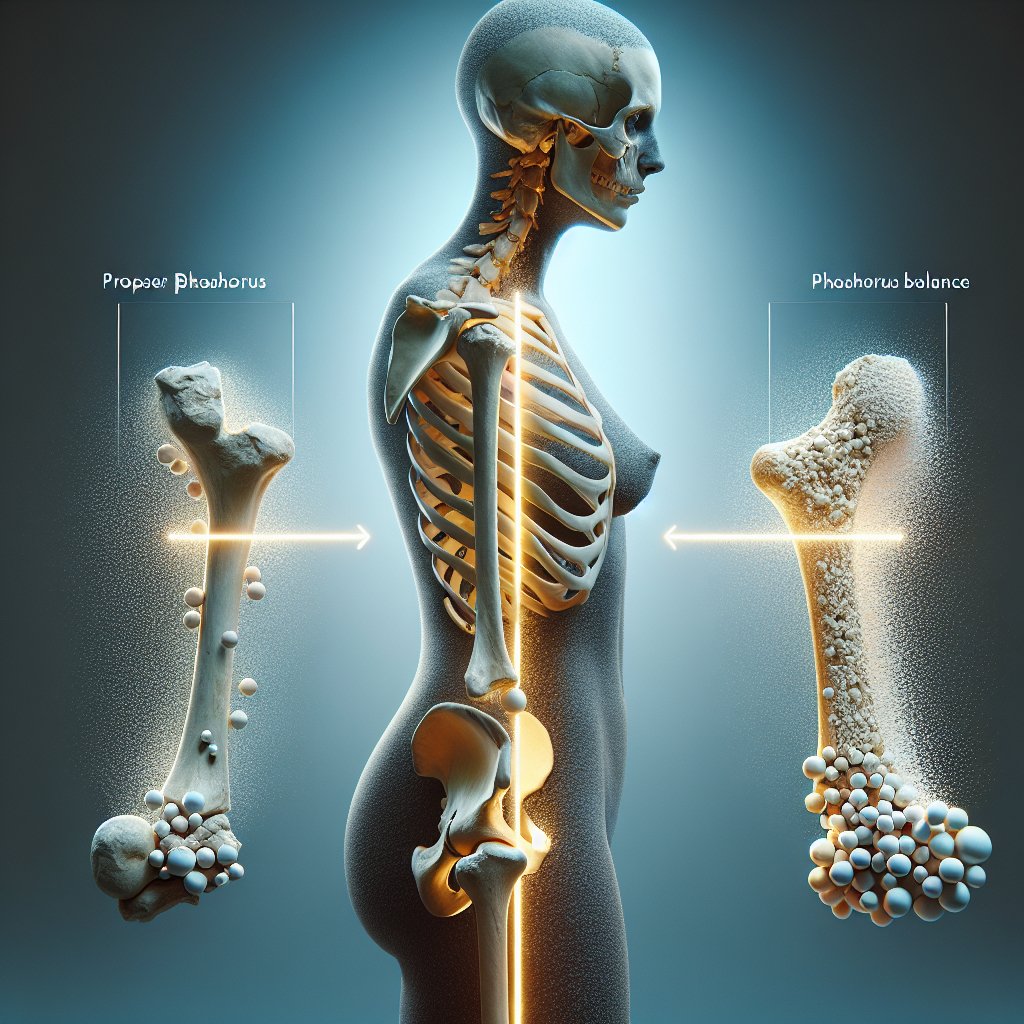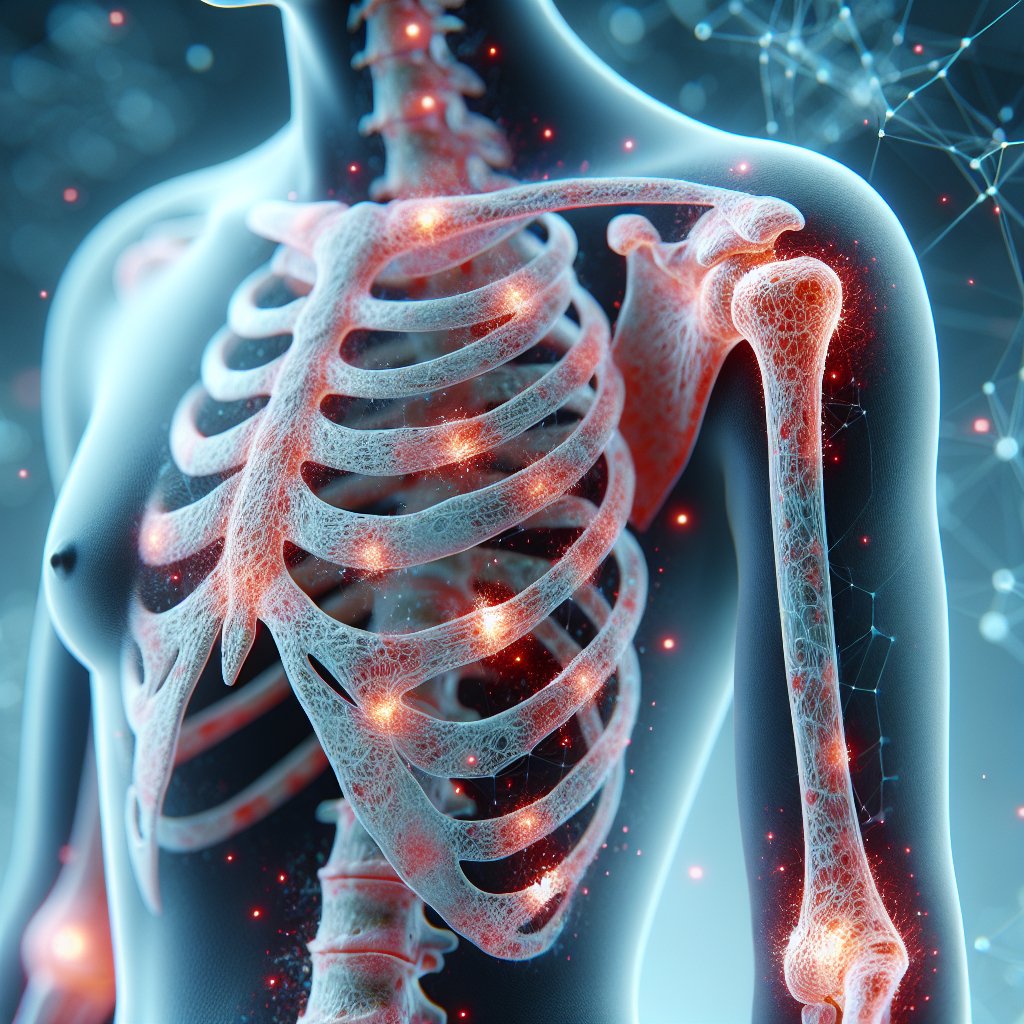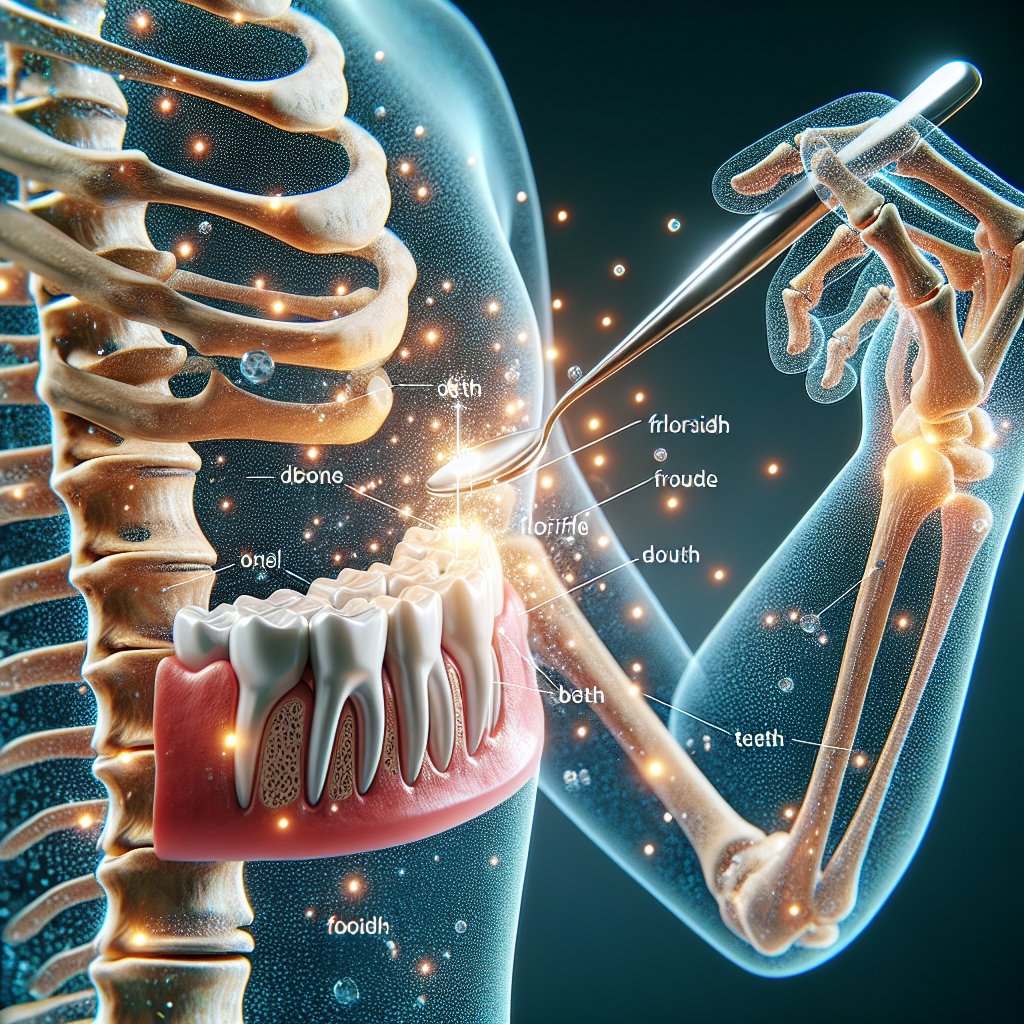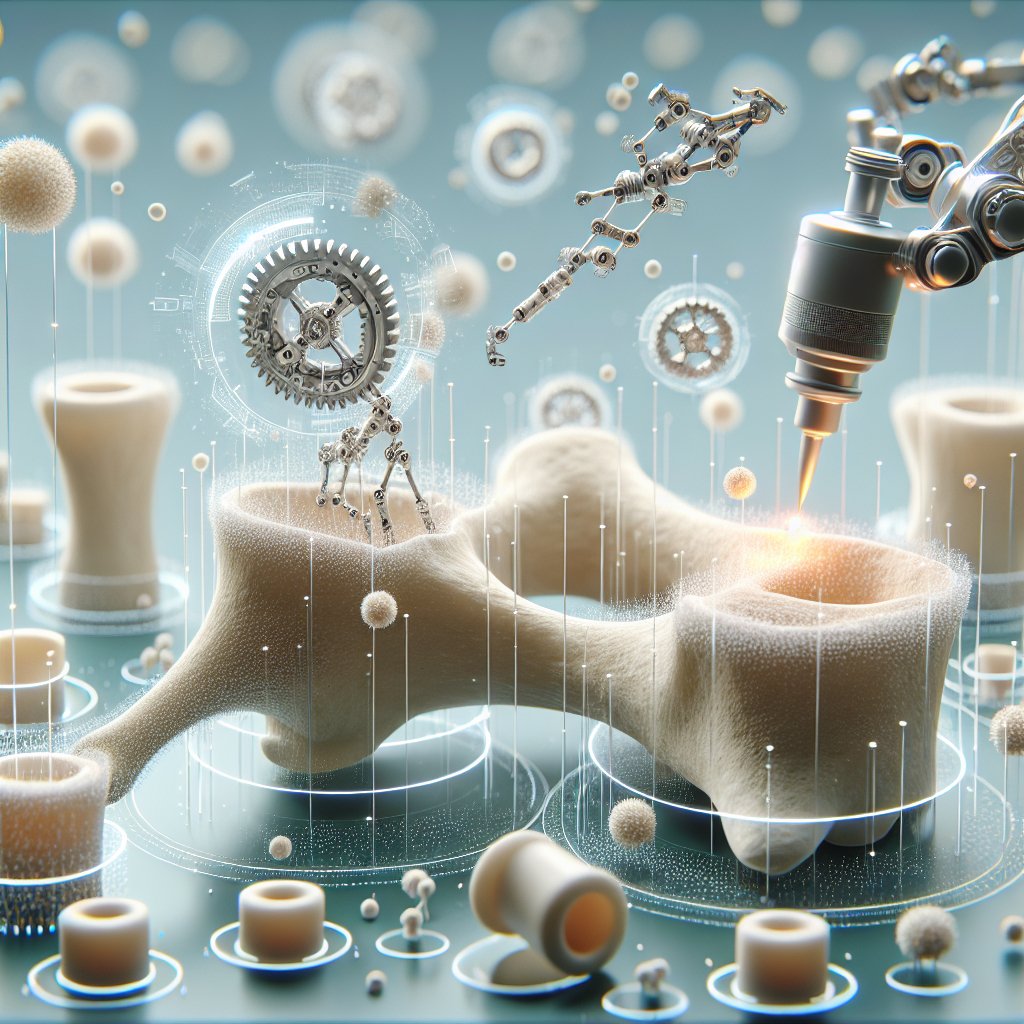Nanotechnology is transforming the field of medicine in numerous ways, and one of the most promising applications is in the area of bone repair. This innovative technology utilizes materials and devices at the nanoscale to enhance the healing process, improve the integration of implants, and promote the regeneration of bone tissue. As researchers continue to explore the potential of nanotechnology, its implications for orthopedic surgery and regenerative medicine are becoming increasingly significant.
The Basics of Nanotechnology in Medicine
Nanotechnology refers to the manipulation of matter on an atomic or molecular scale, typically within the range of 1 to 100 nanometers. At this scale, materials exhibit unique physical and chemical properties that differ from their larger-scale counterparts. In medicine, nanotechnology can be applied in various ways, including drug delivery, imaging, and tissue engineering. When it comes to bone repair, nanotechnology offers several advantages that can lead to better patient outcomes.
Understanding Bone Healing
Bone healing is a complex biological process that involves the formation of new bone tissue following a fracture or injury. The healing process can be divided into several stages, including inflammation, soft callus formation, hard callus formation, and bone remodeling. Each stage requires a delicate balance of cellular activity, signaling molecules, and mechanical stability. Traditional methods of bone repair, such as the use of metal plates and screws, can sometimes lead to complications, including infection, non-union, or malunion of the bone. This is where nanotechnology comes into play, offering innovative solutions to enhance the healing process.
Nanomaterials for Bone Repair
One of the key components of nanotechnology in bone repair is the use of nanomaterials. These materials can be engineered to mimic the natural structure of bone, providing a scaffold for new bone growth. Some of the most commonly used nanomaterials in bone repair include:
- Hydroxyapatite: A naturally occurring mineral form of calcium apatite, hydroxyapatite is a major component of bone. Nanostructured hydroxyapatite can enhance osteoconductivity, promoting the attachment and proliferation of bone cells.
- Calcium Phosphate Nanoparticles: These nanoparticles can be used to create bioactive coatings for implants, improving their integration with surrounding bone tissue.
- Biodegradable Polymers: Polymers such as polylactic acid (PLA) and polyglycolic acid (PGA) can be engineered at the nanoscale to create scaffolds that support bone regeneration while gradually degrading over time.
- Graphene and Carbon Nanotubes: These materials possess exceptional mechanical properties and can enhance the strength and durability of bone implants.
Applications of Nanotechnology in Bone Repair
The application of nanotechnology in bone repair is vast and varied, with several promising approaches currently being researched and developed. These applications can be categorized into three main areas: enhanced drug delivery, improved implant materials, and regenerative therapies.
Enhanced Drug Delivery
One of the significant challenges in bone repair is ensuring that the right therapeutic agents reach the site of injury in a timely manner. Nanotechnology can facilitate targeted drug delivery, allowing for the localized release of growth factors, anti-inflammatory agents, or antibiotics. For example, nanoparticles can be designed to encapsulate these drugs and release them in a controlled manner, ensuring that they are delivered precisely where they are needed. This targeted approach can enhance the healing process and reduce the risk of systemic side effects.
Improved Implant Materials
Traditional metal implants, while effective, can sometimes lead to complications such as infection or poor integration with bone. Nanotechnology allows for the development of advanced implant materials that can better mimic the properties of natural bone. For instance, coatings made from nanostructured hydroxyapatite can enhance the biocompatibility of metal implants, promoting better integration with surrounding bone tissue. Additionally, the incorporation of bioactive glass nanoparticles into implant materials can stimulate bone regeneration and improve overall healing outcomes.
Regenerative Therapies
Regenerative medicine aims to restore or replace damaged tissues and organs, and nanotechnology plays a crucial role in this field. Stem cell therapy, for example, can be enhanced through the use of nanomaterials that provide a supportive environment for stem cell growth and differentiation. Nanoparticles can also be used to deliver signaling molecules that promote the differentiation of stem cells into bone-forming cells, further enhancing the regenerative potential of these therapies.
Challenges and Future Directions
Despite the promising applications of nanotechnology in bone repair, several challenges remain. One of the primary concerns is the biocompatibility and safety of nanomaterials. As these materials are introduced into the body, it is essential to ensure that they do not elicit adverse immune responses or toxicity. Ongoing research is focused on understanding the long-term effects of nanomaterials and optimizing their design for safe use in clinical applications.
Regulatory Considerations
The regulatory landscape for nanotechnology in medicine is still evolving. Regulatory agencies must establish guidelines for the evaluation and approval of nanomaterials used in medical applications. This includes assessing their safety, efficacy, and potential environmental impact. Collaboration between researchers, industry, and regulatory bodies will be crucial in navigating these challenges and ensuring that nanotechnology can be safely integrated into clinical practice.
Future Research Directions
As research in nanotechnology continues to advance, several exciting directions are emerging. These include:
- Personalized Medicine: The development of nanotechnology-based approaches tailored to individual patients could enhance the effectiveness of bone repair treatments.
- Combination Therapies: Integrating nanotechnology with other therapeutic modalities, such as gene therapy or immunotherapy, may lead to synergistic effects that improve healing outcomes.
- 3D Printing: The use of 3D printing technology to create customized nanostructured scaffolds for bone repair is an area of active research, offering the potential for personalized implants that match the patient’s anatomy.
Conclusion
Nanotechnology is revolutionizing the field of bone repair by providing innovative solutions that enhance healing, improve implant integration, and promote tissue regeneration. As researchers continue to explore the potential of nanomaterials and their applications in medicine, the future of orthopedic surgery and regenerative medicine looks promising. While challenges remain, the ongoing advancements in nanotechnology hold the potential to significantly improve patient outcomes and transform the way we approach bone repair.
